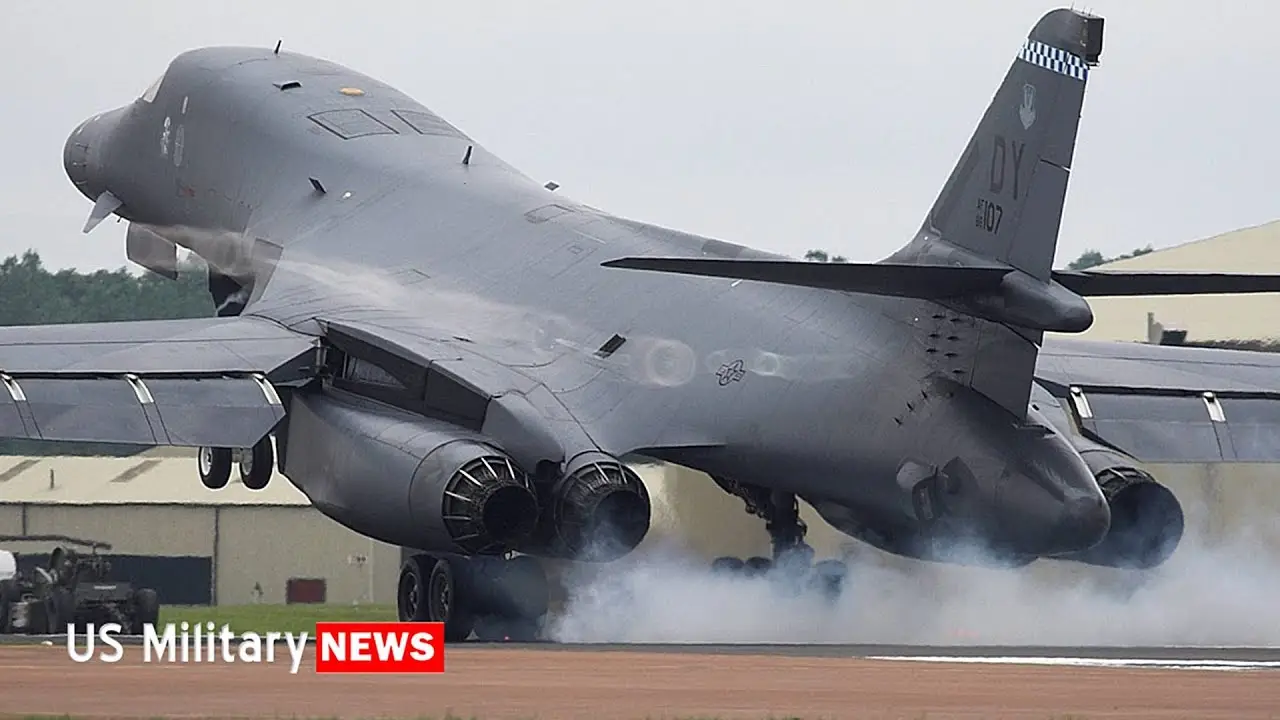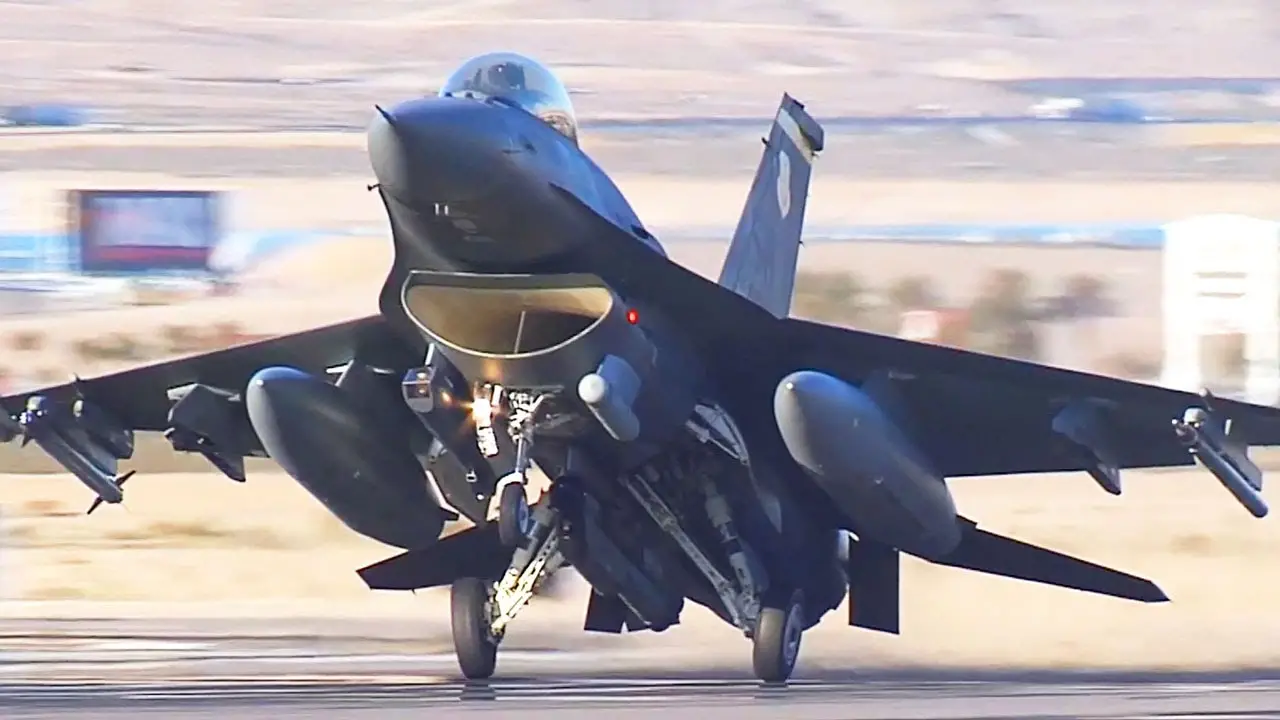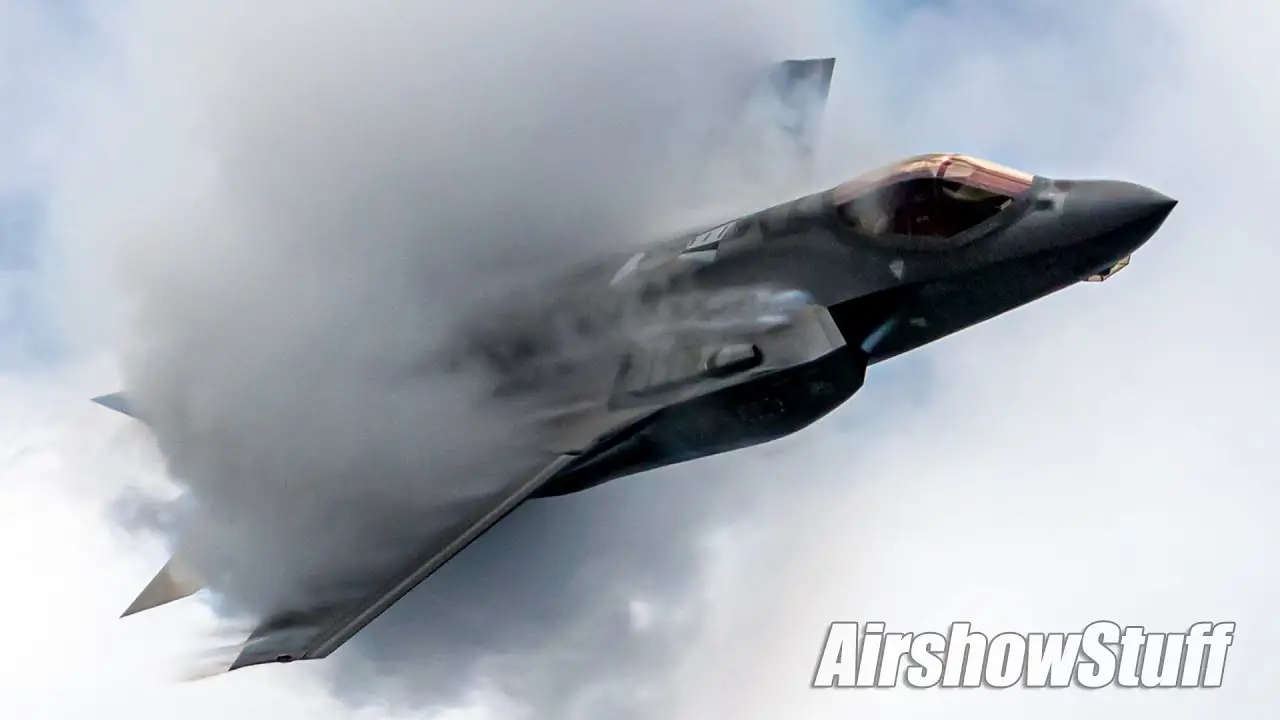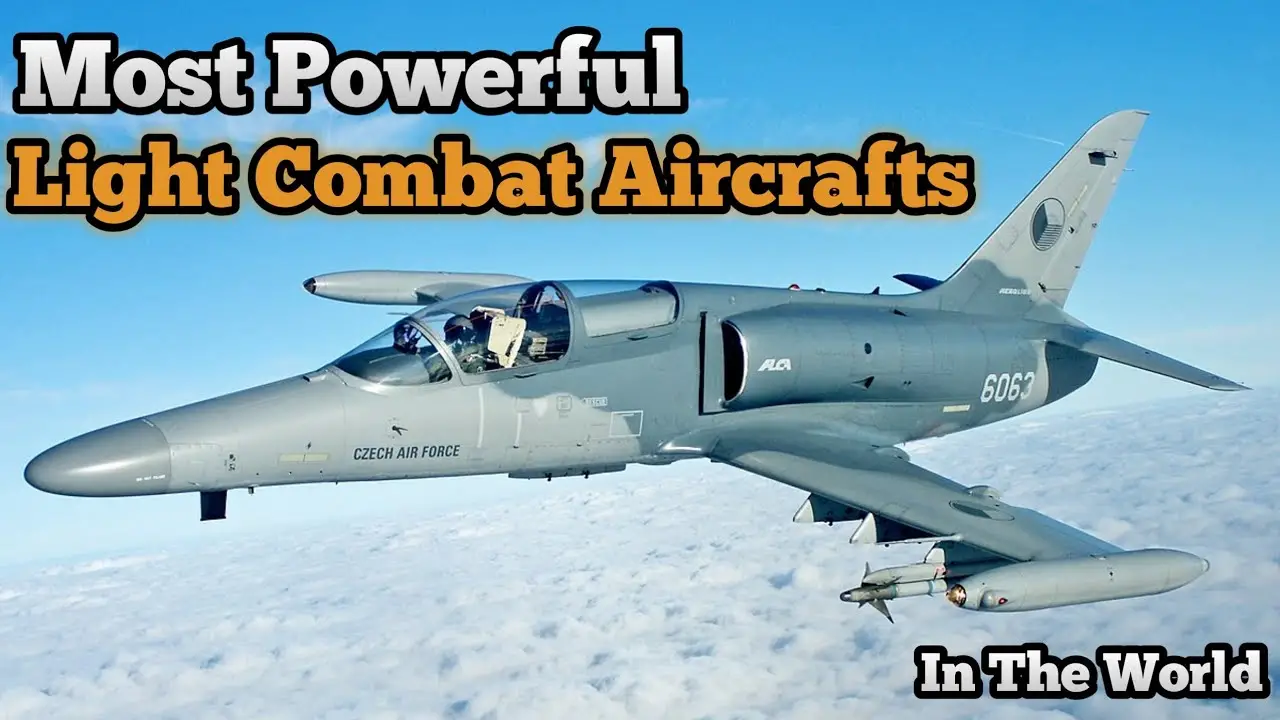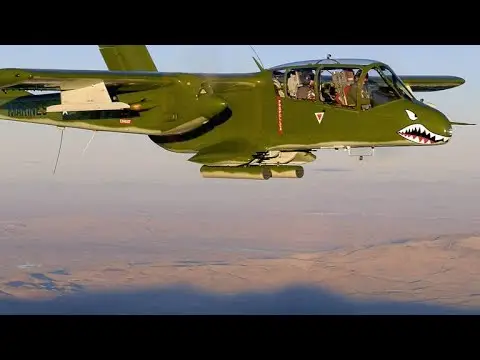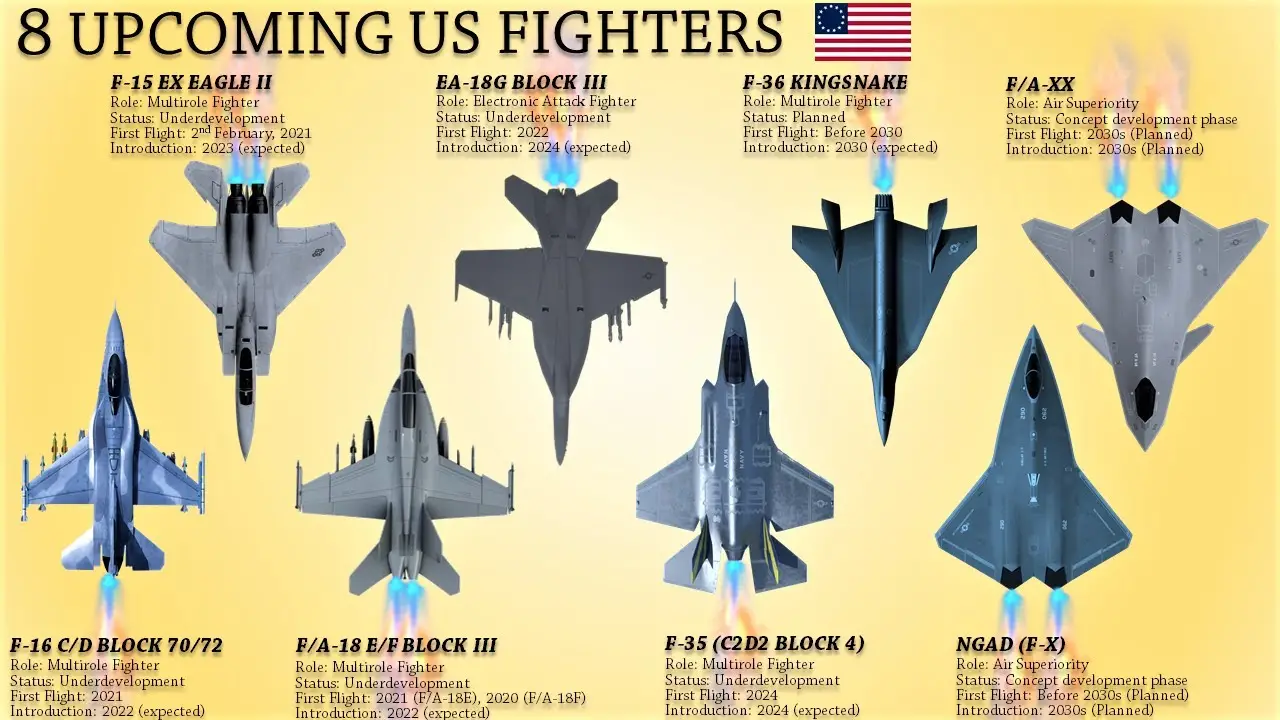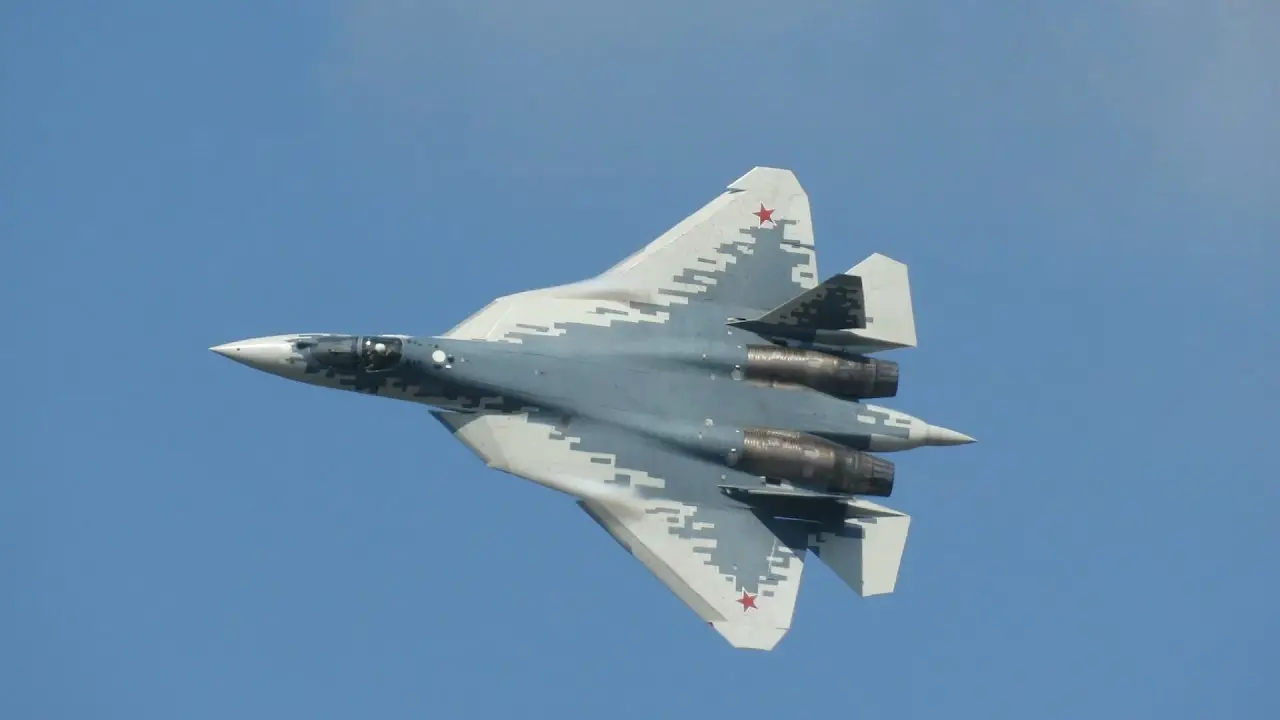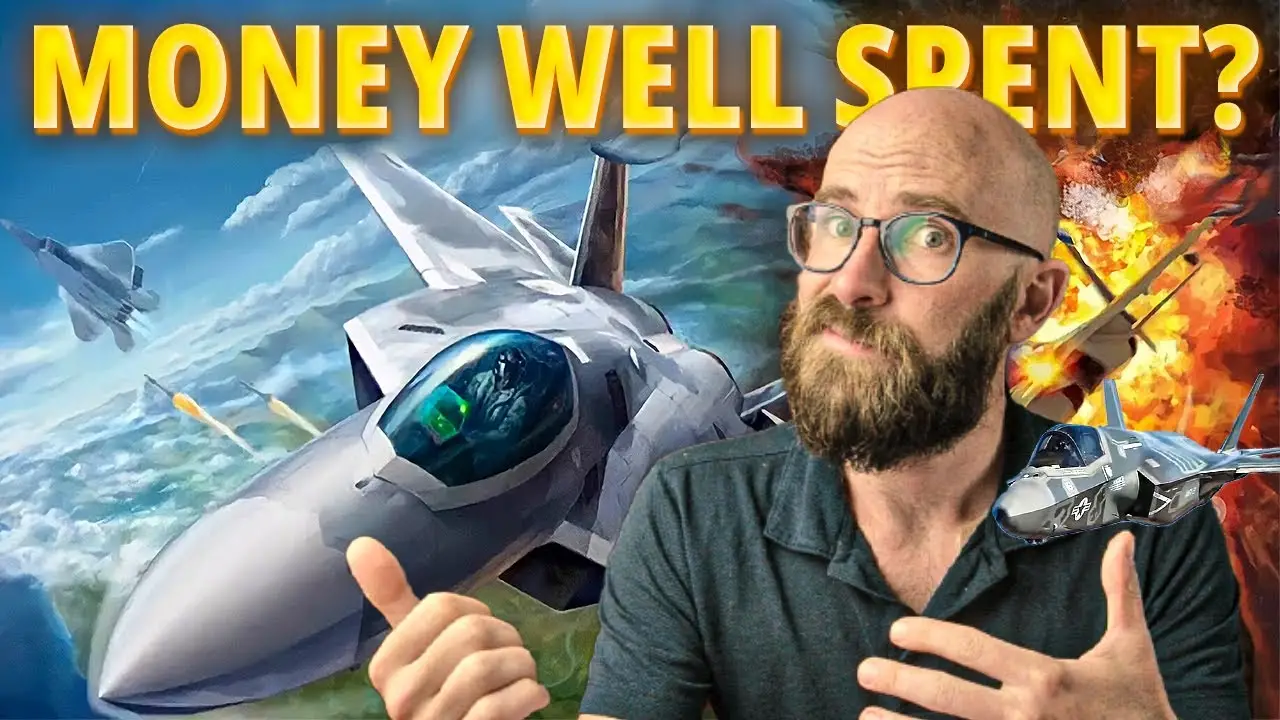Introduction to Combat Aircrafts
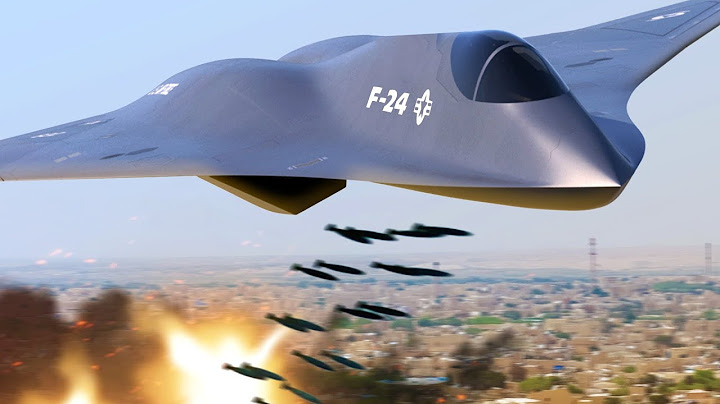
Combat aircrafts, also known as fighter jets, are advanced military aircraft designed primarily for aerial combat and attacking enemy targets. Since their inception during World War I, they have revolutionized warfare and played a pivotal role in shaping the outcome of numerous conflicts. These powerful machines are equipped with state-of-the-art technology and are piloted by highly trained individuals. In this article, we will delve into the history, types, design, technology, and controversies surrounding combat aircrafts. We will also take a look at the top combat aircrafts in the world and discuss the future of these formidable weapons.
History of Combat Aircrafts
The concept of employing aircraft in armed combat emerged in the early 1900s. The first aerial battle recorded in history took place in 1914, when Serbian pilot Mihajlo Petrović attacked an Austrian reconnaissance plane. In the early years, small and maneuverable aircrafts, such as the Fokker Dr. I and the Sopwith Camel, were armed with machine guns. As World War II intensified, combat aircrafts evolved rapidly.
Evolution of Combat Aircrafts during World War II
During World War II, combat aircrafts played a crucial role in air-to-air combat and ground attacks. The Messerschmitt Bf 109, the Spitfire, and the P-51 Mustang became symbols of air supremacy. These aircrafts introduced features such as retractable landing gear, enclosed cockpits, and higher speeds. The development of jet engines in the 1940s further revolutionized combat aviation, enabling aircrafts to fly at supersonic speeds.
Post-World War II Developments
After World War II, there was a significant shift in the design and capabilities of combat aircrafts. The Cold War between the United States and the Soviet Union led to the development of advanced fighter jets such as the F-86 Sabre, the MiG-15, and the F-4 Phantom II. These aircrafts were equipped with advanced radar systems, missiles, and other weapons.
Types of Combat Aircrafts
Combat aircrafts are classified into various types based on their roles and capabilities:
Air Superiority Fighters
Designed for establishing and maintaining air superiority by engaging and destroying enemy aircrafts, air superiority fighters are the most common type of combat aircrafts. They are equipped with powerful engines, advanced avionics, and a variety of weapons to engage in air-to-air combat.
Multirole Fighters
Multirole fighters, also known as strike fighters, can perform various roles, including air superiority, ground attack, and reconnaissance. These versatile aircrafts are designed to adapt to different missions and can carry a wide range of weapons.
Bombers
Bombers are large and heavily armed aircrafts designed to deliver bombs on enemy targets. They can carry a significant amount of ammunition and have long-range capabilities.
Attack Aircrafts
Attack aircrafts, also known as ground-attack aircrafts, are designed to provide close air support to ground forces. They are equipped with powerful weapons and advanced targeting systems to engage enemy ground targets.
Electronic Warfare Aircrafts
Electronic warfare aircrafts are specialized combat aircrafts that use electronic warfare techniques to disrupt enemy communications and radar systems. They play a crucial role in modern warfare by providing protection to friendly forces and disrupting enemy operations.
Design and Technology of Combat Aircrafts
The design and technology of combat aircrafts have evolved significantly over the years. Modern combat aircrafts are equipped with advanced avionics, stealth technology, and powerful engines. Let’s take a closer look at some of the key features of combat aircrafts.
Avionics
Avionics refer to the electronic systems used in aircrafts to control and monitor various functions. Modern combat aircrafts are equipped with advanced avionics, including radar systems, navigation systems, and communication systems. These systems provide pilots with real-time information about their surroundings and enable them to engage in combat effectively.
Stealth Technology
Stealth technology, also known as low observable technology, is used to reduce the radar cross-section of an aircraft. This makes it difficult for enemy radars to detect and track the aircraft, giving it a significant advantage in combat situations. Modern combat aircrafts, such as the F-22 Raptor and the F-35 Lightning II, are equipped with stealth technology, making them virtually invisible to enemy radars.
Engines
The engines used in combat aircrafts have also evolved significantly over the years. From piston engines in World War II to jet engines in modern combat aircrafts, the power and speed of these machines have increased exponentially. The development of afterburners has also enabled combat aircrafts to achieve supersonic speeds, making them even more lethal in combat situations.
Combat Aircrafts in Modern Warfare
Combat aircrafts play a crucial role in modern warfare, providing air support to ground forces, engaging in air-to-air combat, and gathering intelligence through reconnaissance missions. Let’s take a look at some of the key roles played by combat aircrafts in modern warfare.
Air Superiority
Establishing and maintaining air superiority is crucial in any conflict. Combat aircrafts equipped with powerful weapons and advanced avionics play a vital role in achieving this objective. They engage enemy aircrafts in dogfights and protect friendly forces from aerial attacks.
Ground Attack
Ground attack missions involve attacking enemy ground targets, such as tanks, artillery, and other military installations. Combat aircrafts equipped with precision-guided munitions and advanced targeting systems can accurately strike these targets, providing support to ground forces.
Reconnaissance
Reconnaissance missions involve gathering intelligence about enemy positions, movements, and capabilities. Combat aircrafts equipped with cameras and other sensors can gather this information from a safe distance, providing valuable insights to military commanders.
Top Combat Aircrafts in the World
The development of combat aircrafts has been a continuous process, with each generation of aircrafts surpassing its predecessors in terms of technology and capabilities. Let’s take a look at some of the top combat aircrafts in the world today.
F-22 Raptor
The F-22 Raptor is a fifth-generation air superiority fighter developed by Lockheed Martin for the United States Air Force. It is equipped with advanced avionics, stealth technology, and powerful engines, making it one of the most lethal combat aircrafts in the world. The F-22 Raptor has a top speed of Mach 2.25 and can carry a variety of weapons, including air-to-air missiles and precision-guided munitions.
F-35 Lightning II
The F-35 Lightning II is a fifth-generation multirole fighter developed by Lockheed Martin for the United States Air Force, Navy, and Marine Corps. It is equipped with advanced avionics, stealth technology, and powerful engines, making it a versatile and lethal combat aircraft. The F-35 Lightning II has a top speed of Mach 1.6 and can carry a wide range of weapons, including air-to-air missiles, air-to-ground missiles, and bombs.
Sukhoi Su-57
The Sukhoi Su-57 is a fifth-generation air superiority fighter developed by Sukhoi for the Russian Air Force. It is equipped with advanced avionics, stealth technology, and powerful engines, making it a formidable opponent in air-to-air combat. The Su-57 has a top speed of Mach 2 and can carry a variety of weapons, including air-to-air missiles and precision-guided munitions.
Training and Piloting of Combat Aircrafts
Piloting a combat aircraft is a highly specialized and demanding job that requires extensive training and skills. Pilots undergo rigorous training to learn how to operate the complex systems of a combat aircraft and engage in combat effectively. Let’s take a closer look at the training and piloting of combat aircrafts.
Training
Pilots undergo years of training before they are qualified to fly combat aircrafts. They start with basic flight training, where they learn how to operate small aircrafts. This is followed by advanced flight training, where they learn how to fly jet-powered aircrafts. Once they have mastered the basics, they move on to specialized training for specific types of combat aircrafts.
Piloting
Piloting a combat aircraft requires a high level of skill and concentration. Pilots must be able to handle the complex systems of the aircraft while engaging in combat. They must also be able to make split-second decisions and react quickly to changing situations. The physical demands of flying a combat aircraft are also significant, as pilots experience high G-forces and must be able to withstand them without losing consciousness.
Maintenance and Upkeep of Combat Aircrafts
Maintaining and keeping combat aircrafts in top condition is crucial for their effectiveness in combat. These machines undergo regular maintenance and inspections to ensure that they are always ready for action. Let’s take a look at some of the key aspects of maintaining and keeping combat aircrafts in top condition.
Regular Inspections
Combat aircrafts undergo regular inspections to identify any potential issues and address them before they become major problems. These inspections include checking the engines, avionics, and other systems for any signs of wear or damage. Any necessary repairs or replacements are carried out during these inspections.
Scheduled Maintenance
In addition to regular inspections, combat aircrafts also undergo scheduled maintenance at specific intervals. This involves more in-depth checks and servicing of various components to ensure that they are functioning properly. Scheduled maintenance also includes replacing parts that have reached the end of their lifespan.
Upgrades and Modernization
As technology advances, combat aircrafts also undergo upgrades and modernization to keep up with the changing times. This may involve installing new avionics, weapons systems, or engines to improve the capabilities of the aircraft. These upgrades ensure that combat aircrafts remain effective in modern warfare.
Future of Combat Aircrafts
The future of combat aircrafts looks promising, with advancements in technology and design pushing the boundaries of what these machines can do. Some of the key developments that we can expect to see in the future include:
- Increased use of unmanned combat aerial vehicles (UCAVs) for certain missions, reducing the risk to human pilots.
- Development of hypersonic aircrafts capable of flying at speeds of Mach 5 or higher.
- Integration of artificial intelligence (AI) in combat aircrafts to enhance their capabilities and decision-making processes.
- Continued development of stealth technology to make combat aircrafts even more difficult to detect by enemy radars.
Controversies Surrounding Combat Aircrafts
While combat aircrafts have played a crucial role in shaping the outcome of numerous conflicts, they have also been the subject of controversies. Some of the key controversies surrounding combat aircrafts include:
- High cost: The development and maintenance of combat aircrafts are expensive, with some aircrafts costing billions of dollars. This has led to debates about the necessity and affordability of these machines.
- Environmental impact: Combat aircrafts emit large amounts of carbon dioxide and other pollutants, contributing to climate change. This has raised concerns about the environmental impact of these machines.
- Civilian casualties: In modern warfare, combat aircrafts are often used to carry out airstrikes, which can result in civilian casualties. This has sparked debates about the ethical implications of using these powerful weapons.
Conclusion
Combat aircrafts have come a long way since their inception during World War I. From small and maneuverable aircrafts armed with machine guns to advanced fifth-generation fighter jets equipped with stealth technology, these machines have evolved significantly over the years. They play a crucial role in modern warfare, providing air support, engaging in air-to-air combat, and gathering intelligence. As technology continues to advance, we can expect to see even more impressive developments in the design and capabilities of combat aircrafts. However, it is important to also consider the controversies surrounding these powerful weapons and ensure that they are used ethically and responsibly in conflicts.
Jason Priestley From Heartthrob to Accomplished Actor
Overcoming Performance Anxiety A Solution for Erectile Dysfunction



